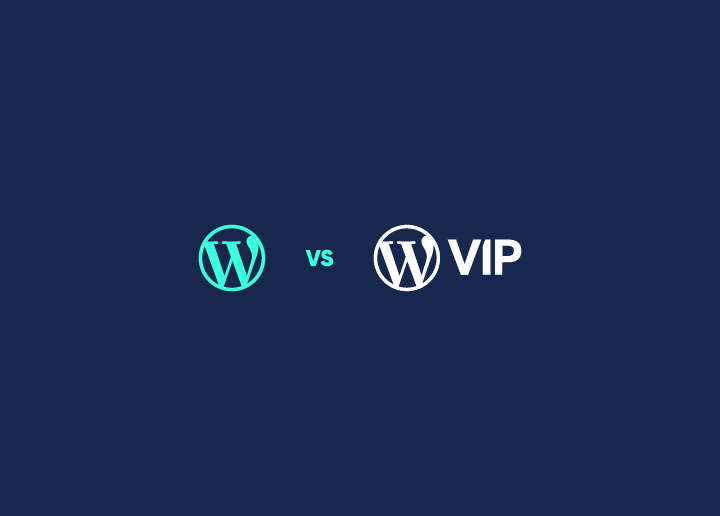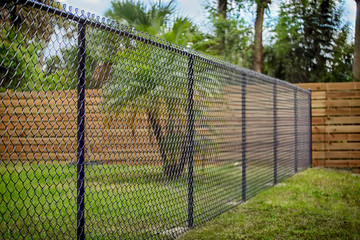In a digital world brimming with clutter and noise, Minimalist Web Design: Less is More offers a breath of fresh air. It’s a design philosophy that focuses on simplicity, clarity, and functionality. By stripping away unnecessary elements, minimalist web design allows content to shine and users to focus on what truly matters. In this article, we’ll explore the benefits of minimalist web design, the principles of minimalist web design, and how to achieve minimalist web design for your website.
The Essence of Minimalist Web Design
At its core, minimalist web design is about using fewer elements to create a more impactful experience. This doesn’t mean your website should be devoid of personality or style. On the contrary, minimalist design allows your brand’s essence to come through more clearly by eliminating distractions. The mantra “less is more” is perfectly embodied in this approach, where every element serves a specific purpose.
Benefits of Minimalist Web Design
The benefits of minimalist web design extend far beyond aesthetics. One of the most significant advantages is improved user experience. When users visit a minimalist website, they aren’t overwhelmed by a barrage of information. Instead, they’re guided through a clean, intuitive interface that makes it easy to find what they’re looking for. This leads to higher engagement and lower bounce rates.
Another benefit is faster load times. A minimalist design typically involves fewer images, scripts, and other heavy elements, resulting in quicker page loads. In a world where users expect websites to load in the blink of an eye, this can make a substantial difference in user satisfaction and search engine rankings.
Minimalist web design also tends to be more adaptable to different devices and screen sizes. With fewer elements to rearrange, responsive design becomes more straightforward, ensuring your site looks great on both desktop and mobile devices.
Principles of Minimalist Web Design
To embrace principles of minimalist web design, start by focusing on the essentials. Every element on the page should have a clear purpose. If it doesn’t contribute to the user experience or the website’s goals, it’s probably not necessary.
Whitespace, or negative space, plays a crucial role in minimalist design. It’s the empty space around and between elements on the page. Far from being wasted space, whitespace enhances readability, guides the user’s eye, and gives the design room to breathe.
Typography is another vital component. In minimalist design, text often becomes the focal point, so choosing the right font is essential. Opt for clean, simple fonts that enhance readability and contribute to the overall aesthetic.
Color schemes in minimalist design are usually limited to a few shades, often sticking to neutral tones like white, black, or gray. However, accent colors can be strategically used to draw attention to specific elements, such as calls to action.
Finally, consistency is key. Principles of minimalist web design dictate that elements should be harmonious across the site. This means maintaining a consistent style, typography, and color scheme on every page.
How to Achieve Minimalist Web Design
Now that you understand the principles, let’s delve into how to achieve minimalist web design. Start by simplifying your layout. A minimalist layout often features a grid system that helps organize content in a clean and logical manner. Avoid unnecessary complexity—stick to a straightforward structure that’s easy to navigate.
Next, focus on content prioritization. Identify the most critical information your users need and highlight it. Remove or minimize anything that doesn’t directly support the primary goal of the page. This might mean reducing the number of menu items, simplifying forms, or condensing text into shorter, more digestible chunks.
When it comes to visuals, quality trumps quantity. Use high-quality images and videos sparingly, ensuring they serve a specific purpose. For example, a single striking image can be more impactful than a gallery of mediocre ones. Remember, in minimalist web design, every element should add value.
Don’t forget about functionality. Just because your design is minimalist doesn’t mean it should lack features. Focus on incorporating features that enhance the user experience without cluttering the design. For instance, consider using hidden menus, simple hover effects, or subtle animations that add depth without overwhelming the user.
Finally, test and refine your design. Minimalist design requires careful attention to detail, so it’s essential to test your site on different devices and gather feedback from real users. This will help you identify any areas where the design could be improved.
Conclusion
Minimalist Web Design: Less is More is a philosophy that resonates with the modern user. By focusing on simplicity, clarity, and functionality, you can create a website that not only looks beautiful but also performs exceptionally well. The benefits of minimalist web design are clear: better user experience, faster load times, and easier adaptability. By following the principles of minimalist web design and understanding how to achieve minimalist web design, you can create a site that truly stands out in a crowded digital landscape.





More Stories
The Importance of Website Navigation for User Experience
How to Create a User-Friendly Website Layout
How to Use Typography Effectively in Web Design